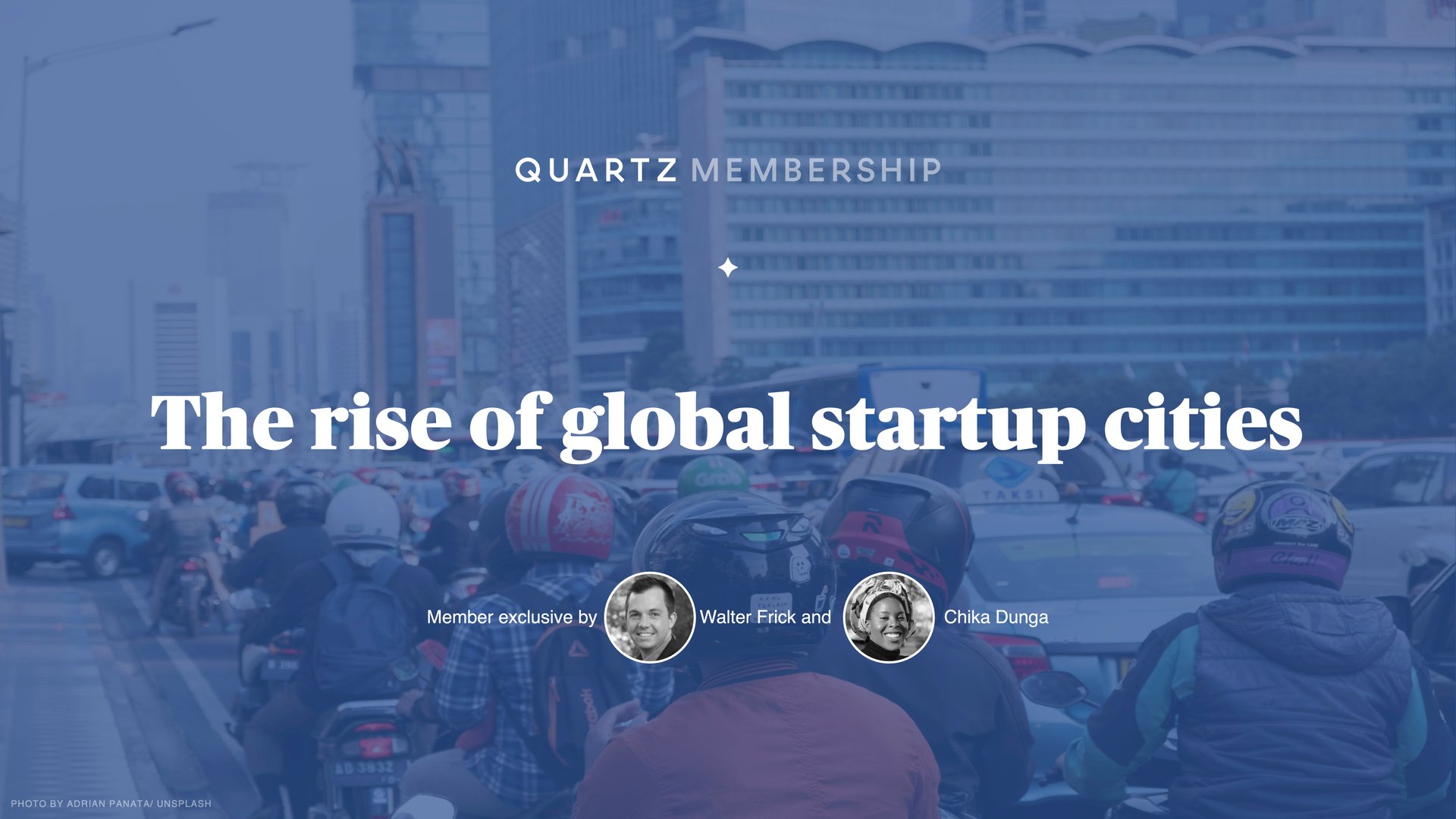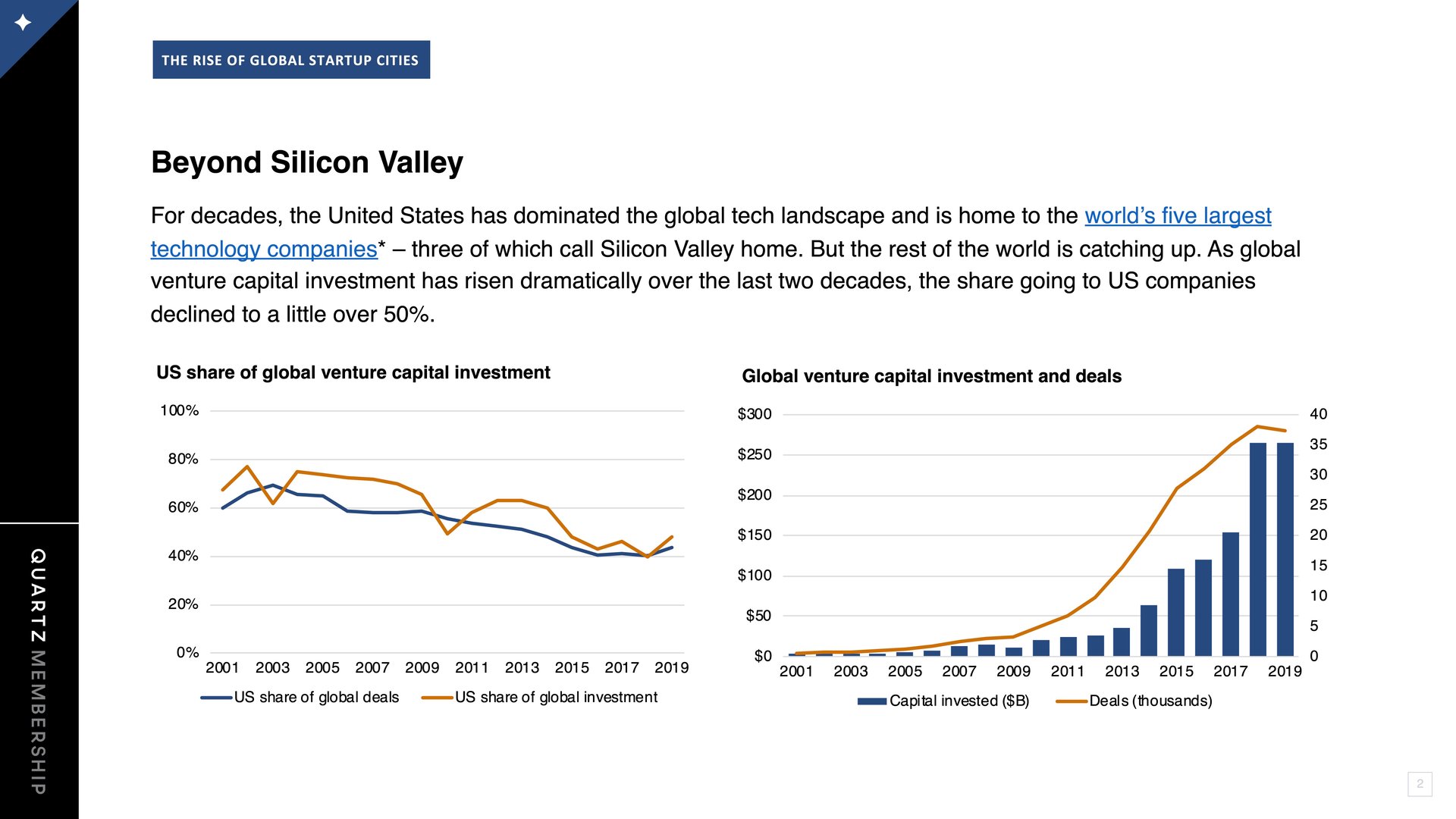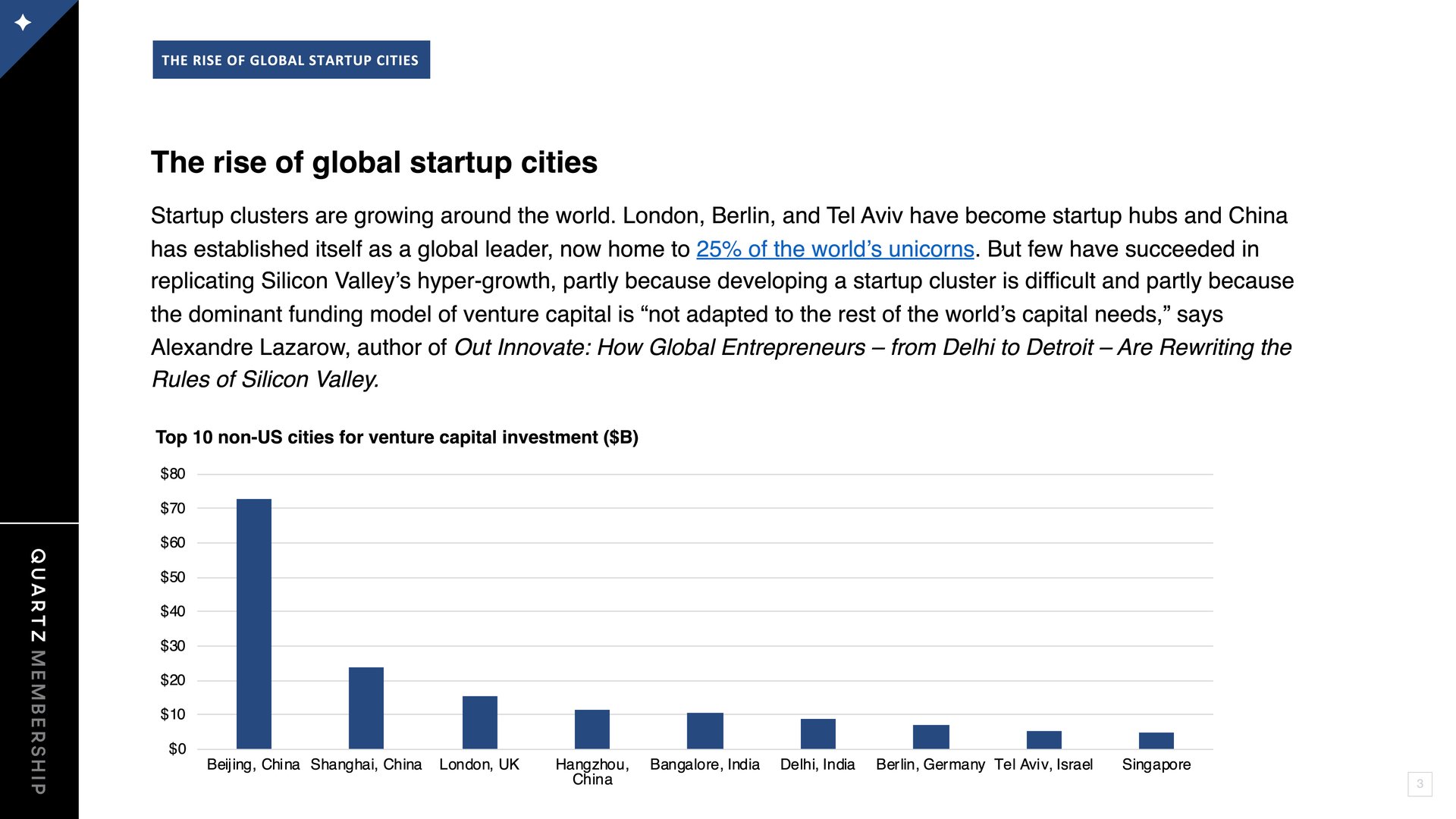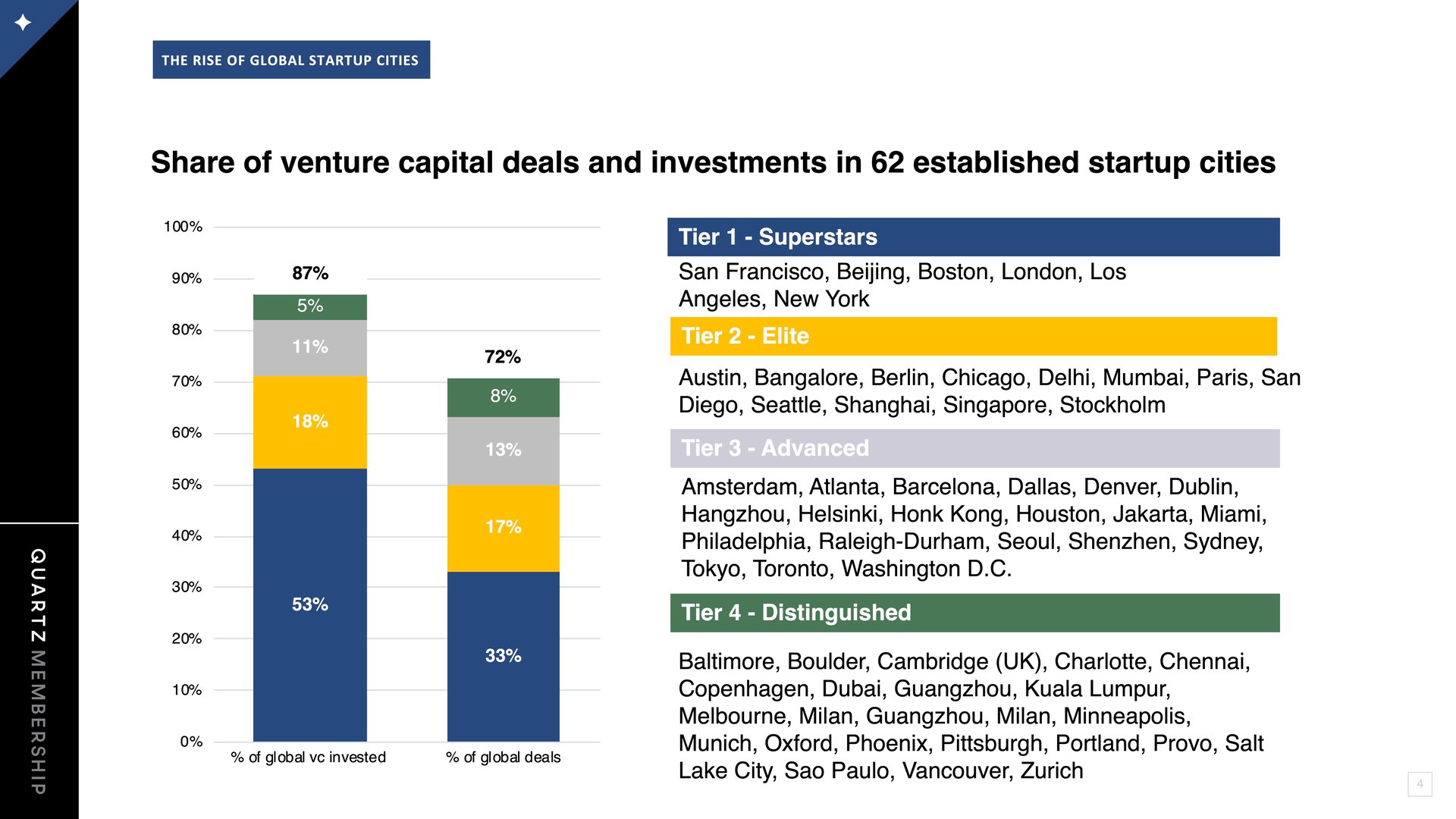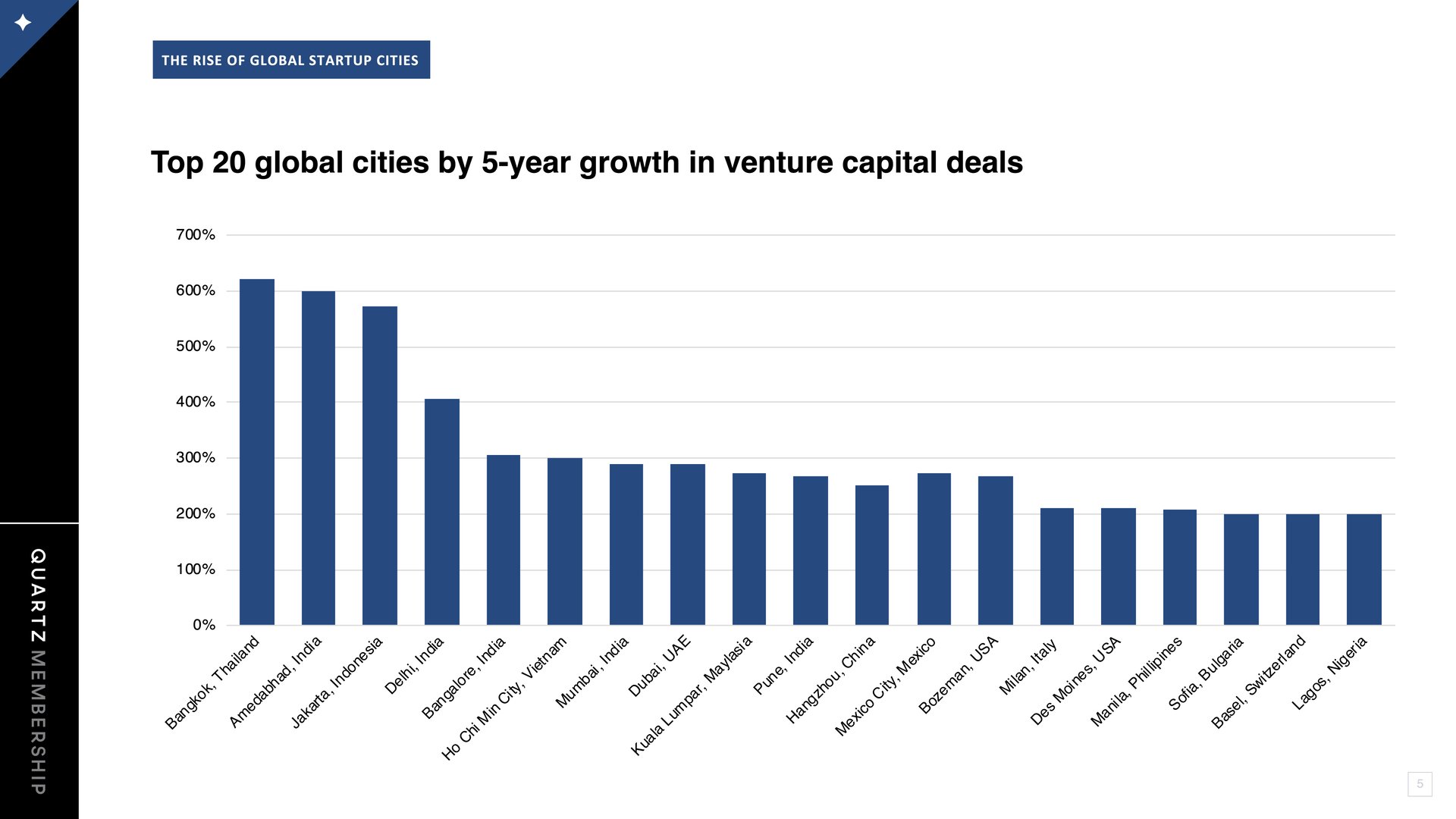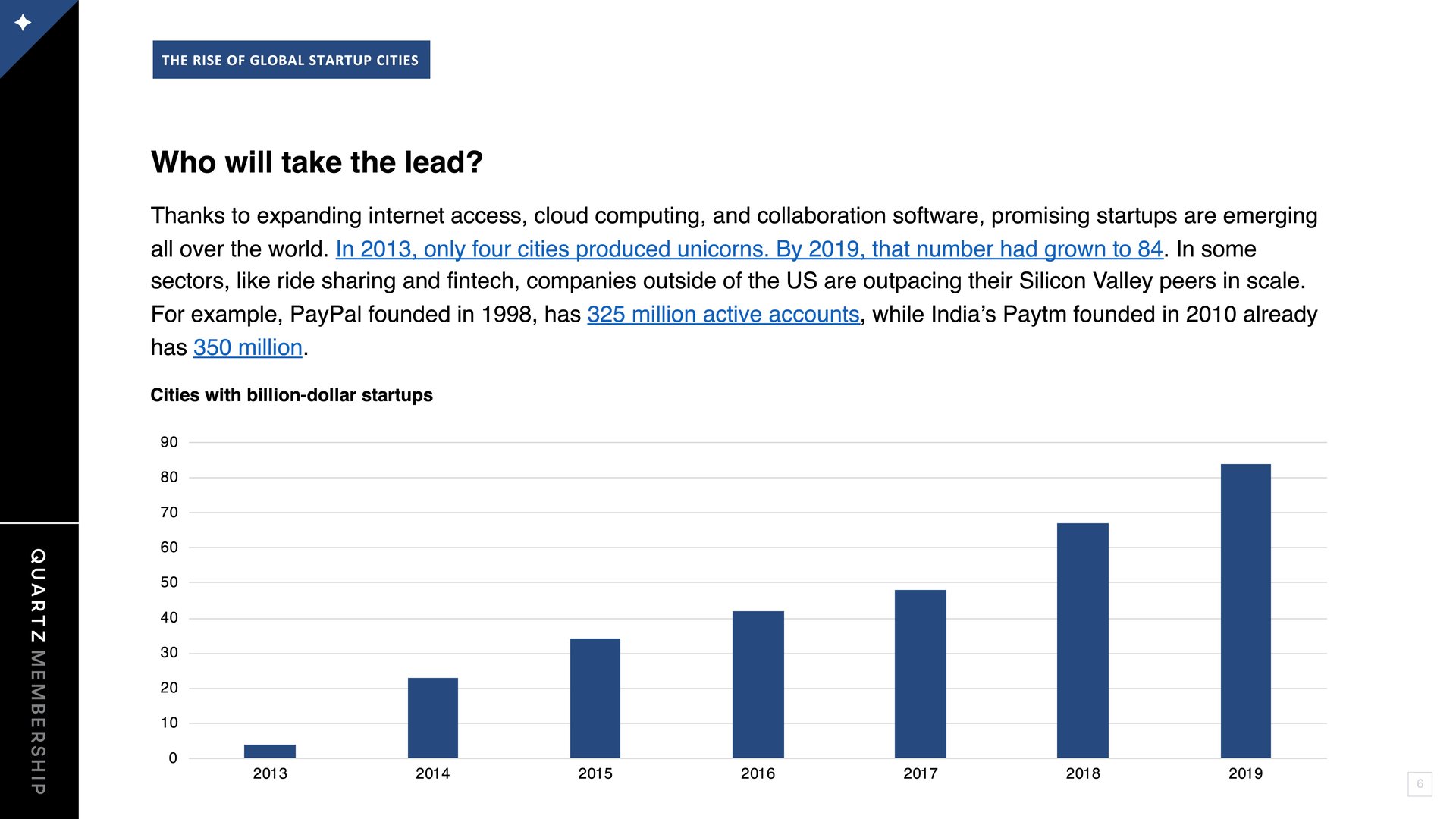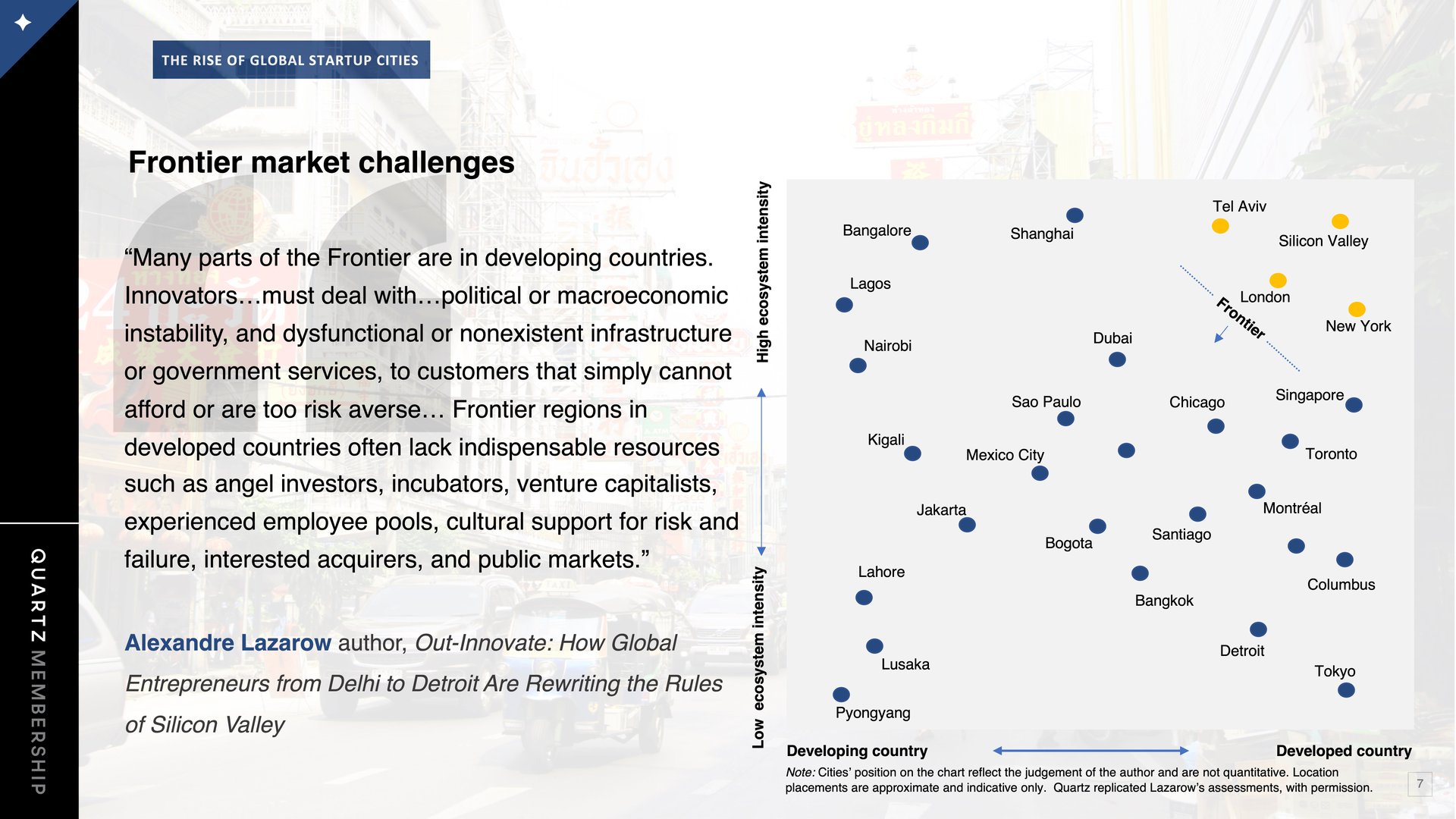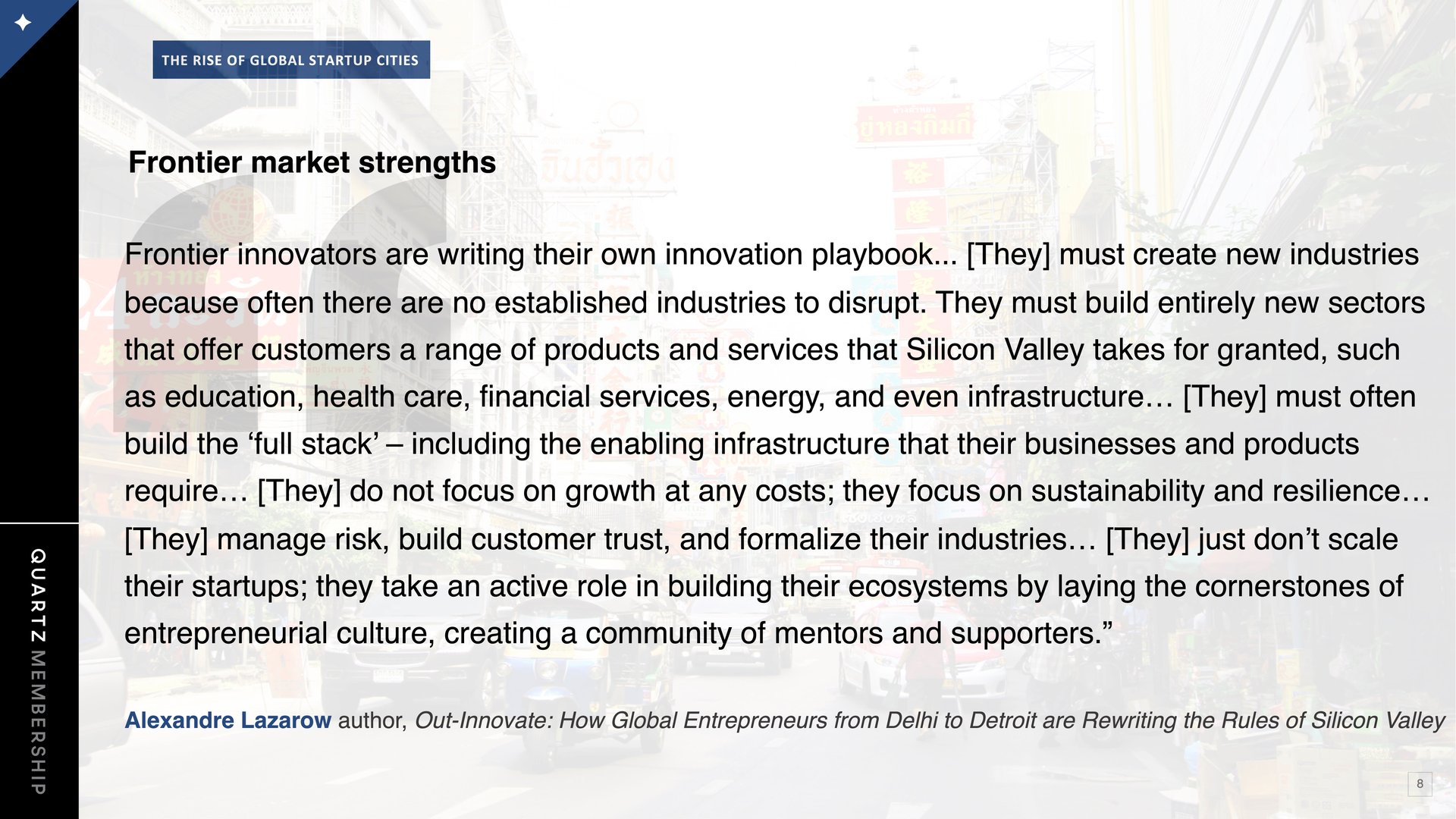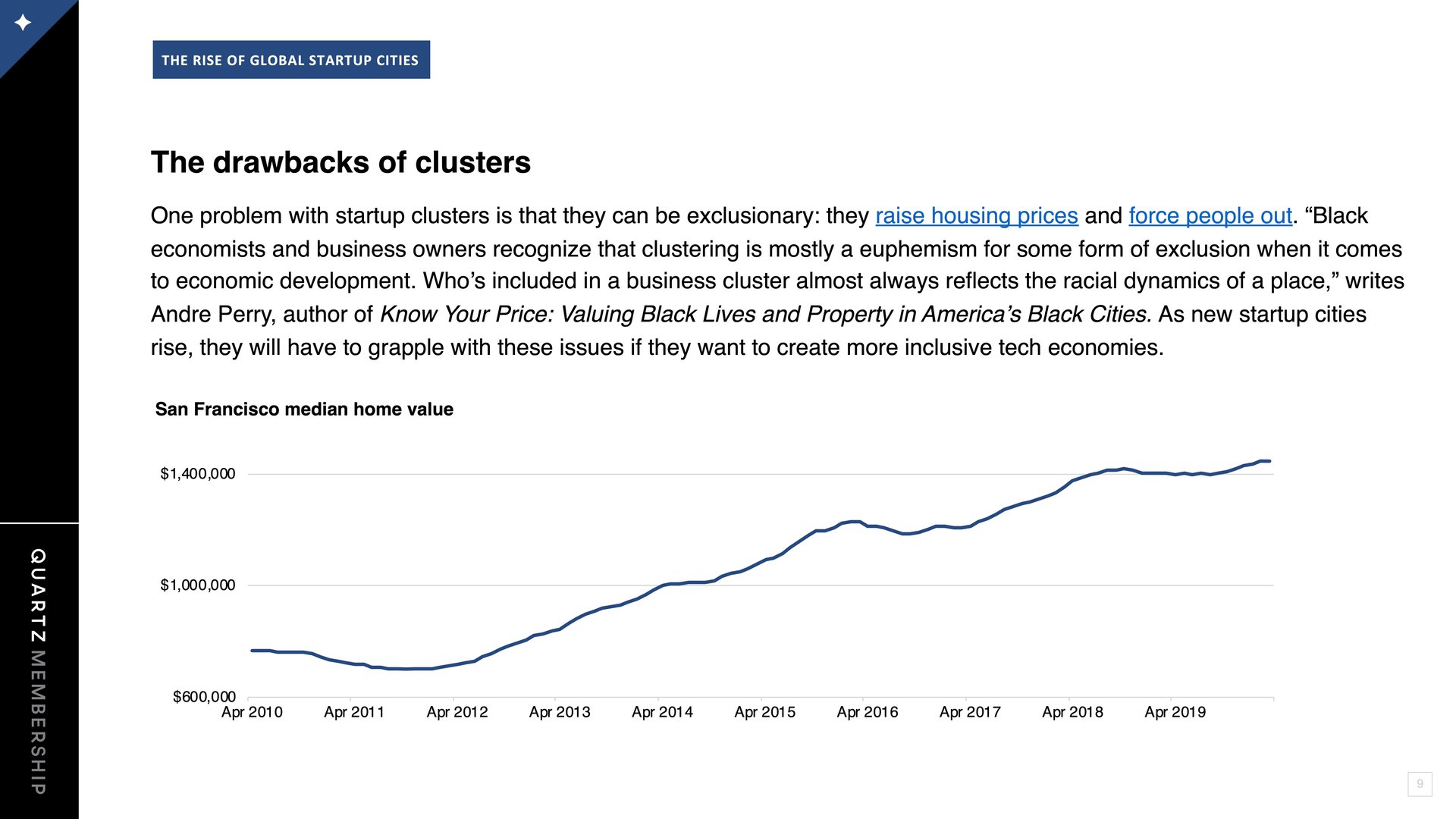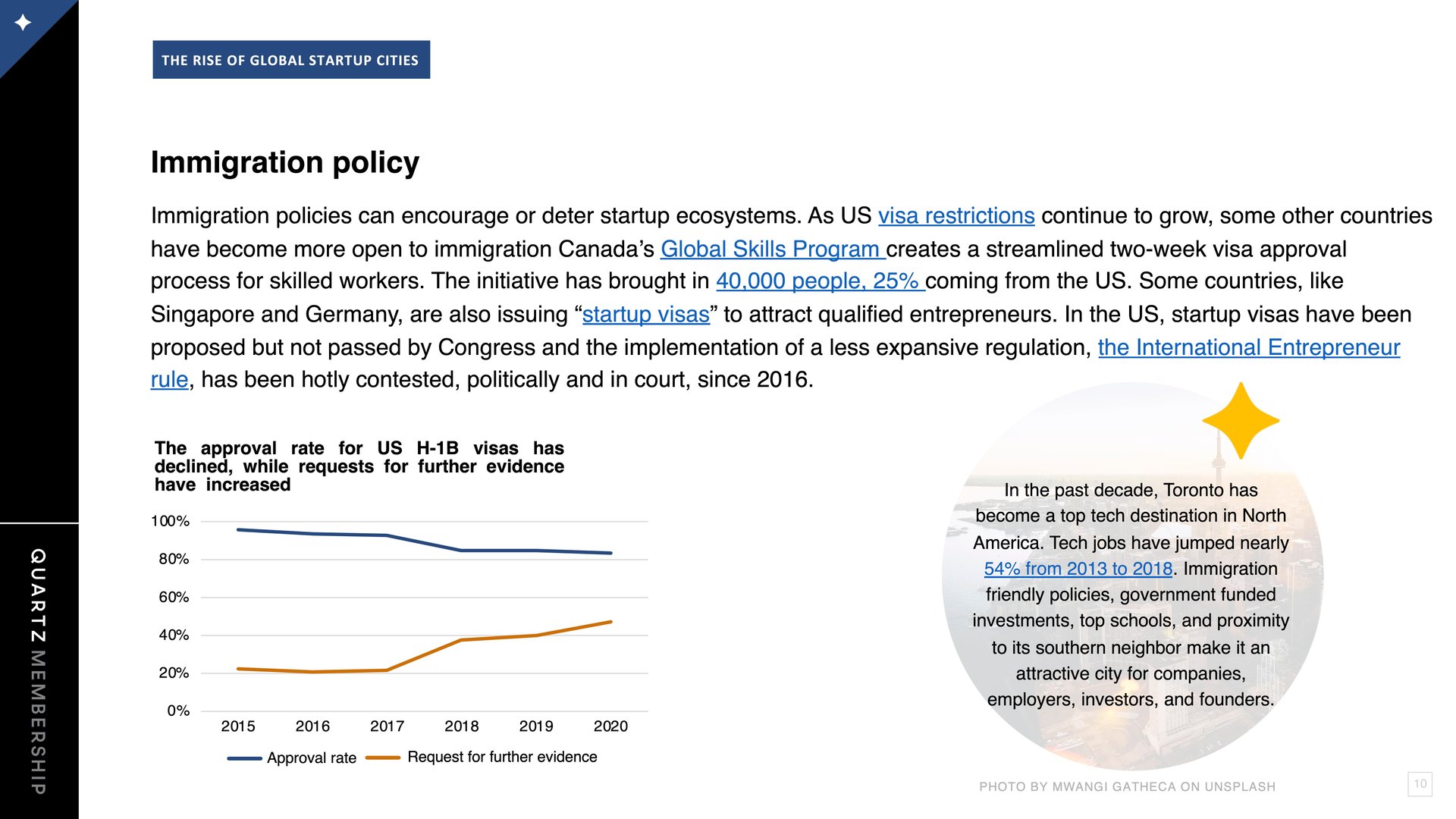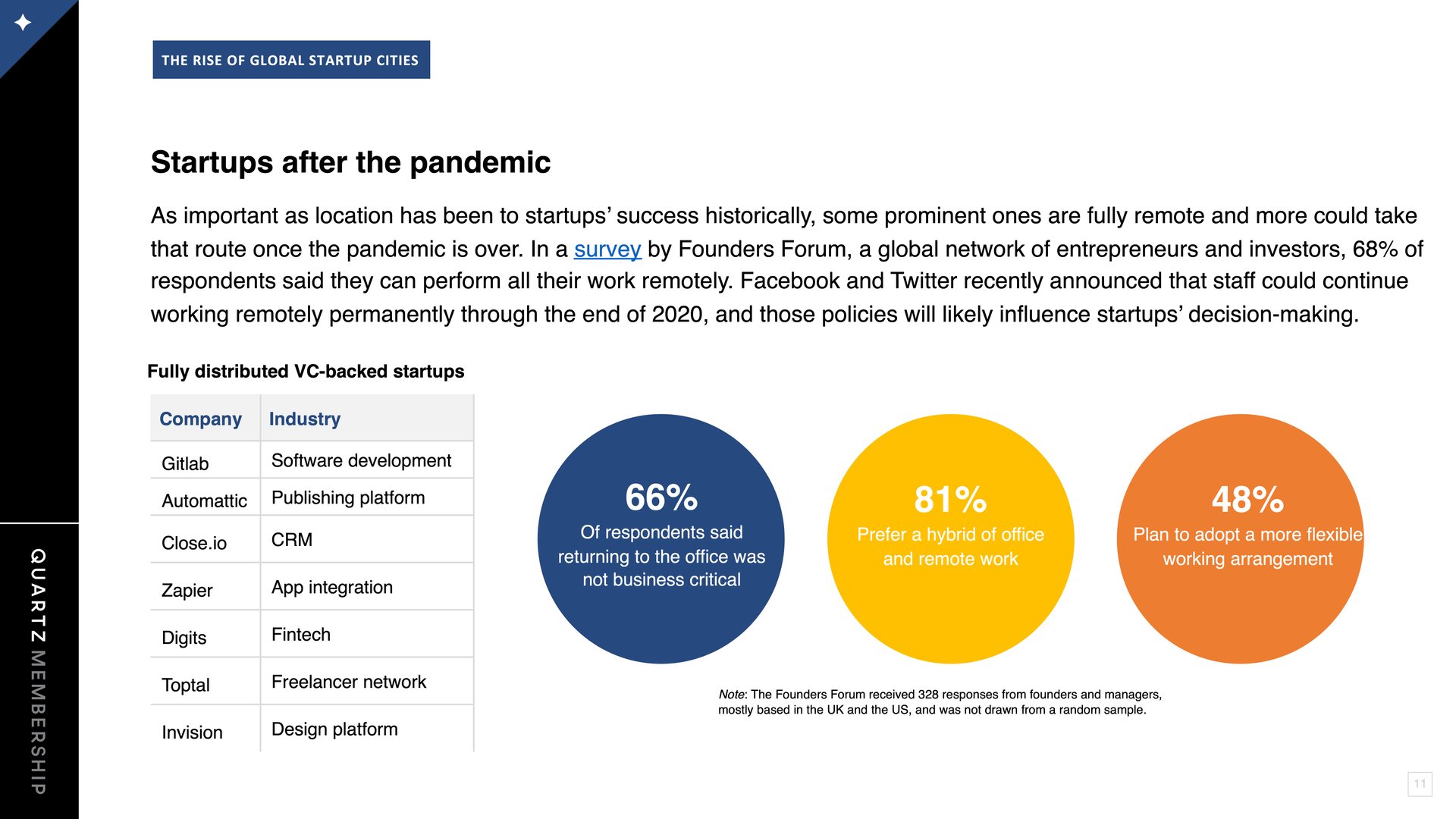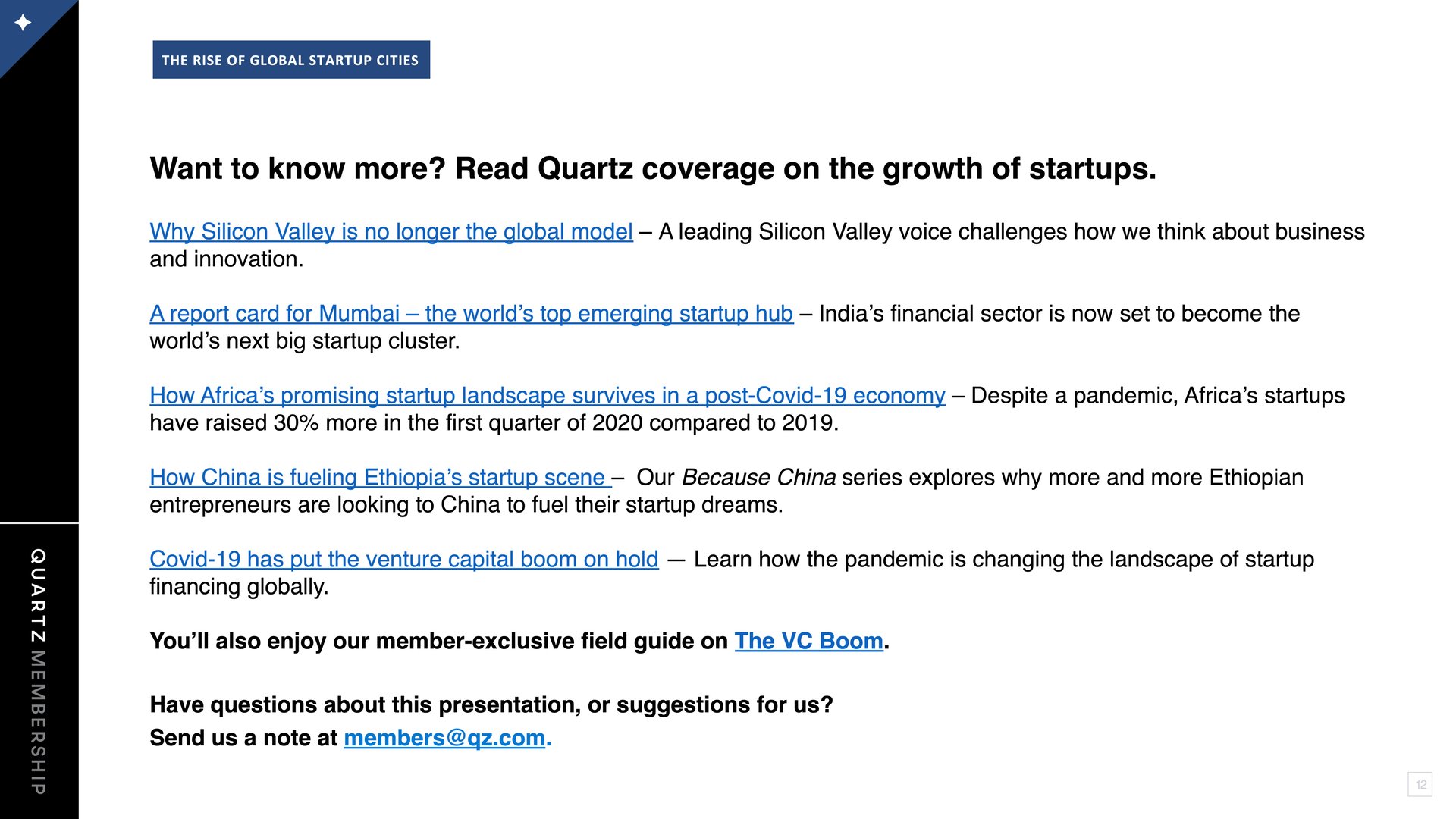The rest of the startup world is catching up to Silicon Valley
For the past several decades, Silicon Valley has undisputedly been the epicenter of technology innovation. An area of about 50 square miles is responsible for generating some of the world’s most prominent companies, including Google and Apple. But the rest of the world is catching up; the share of global venture capital funding going to US companies is declining as new tech hubs are emerging. Companies like Beijing’s Didi Chuxing, Jakarta’s Gojek, and India’s Paytm are prominent examples. Cities outside the US are attracting more funding, generating more unicorns, and creating thriving startup ecosystems.
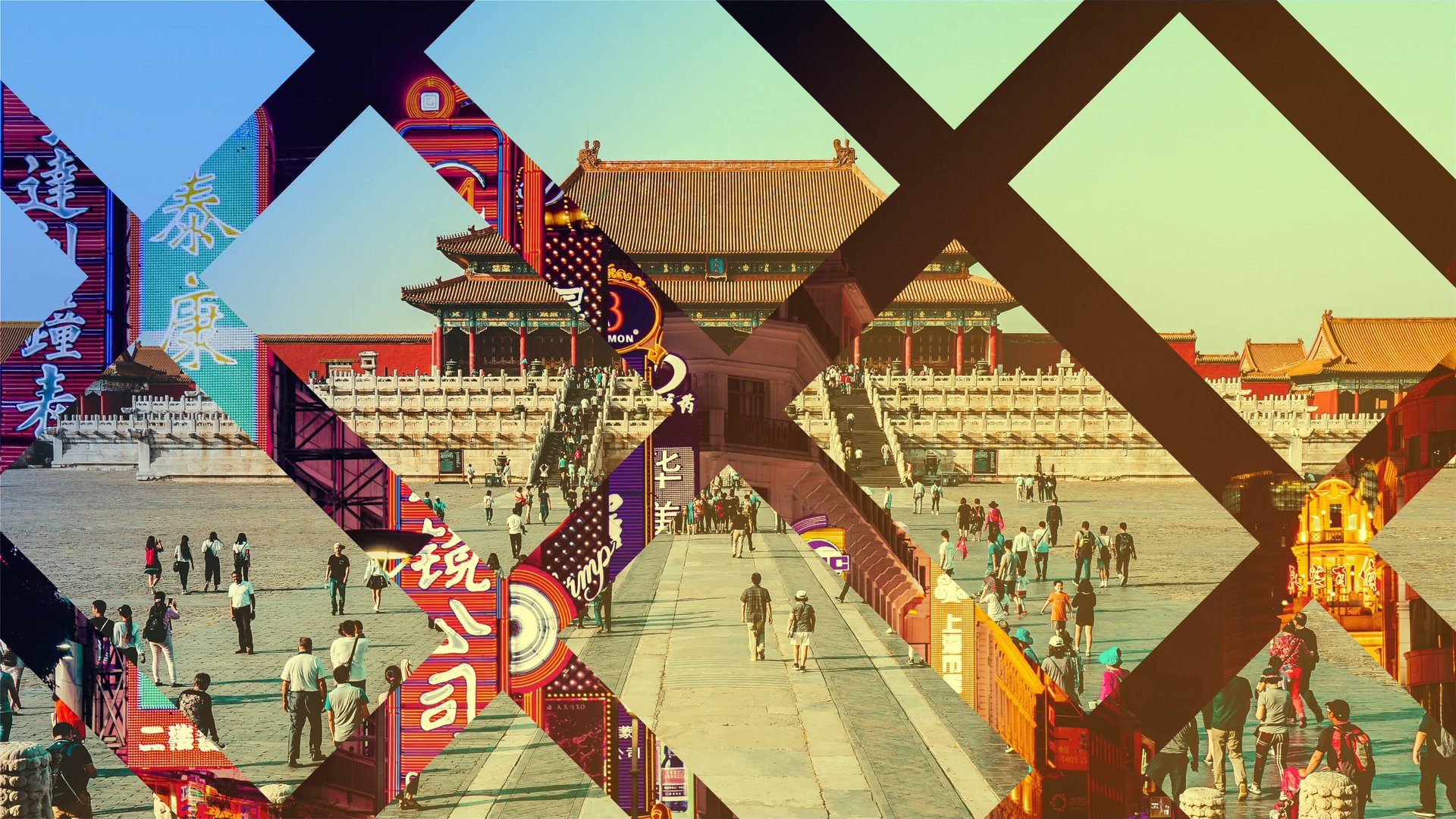

For the past several decades, Silicon Valley has undisputedly been the epicenter of technology innovation. An area of about 50 square miles is responsible for generating some of the world’s most prominent companies, including Google and Apple. But the rest of the world is catching up; the share of global venture capital funding going to US companies is declining as new tech hubs are emerging. Companies like Beijing’s Didi Chuxing, Jakarta’s Gojek, and India’s Paytm are prominent examples. Cities outside the US are attracting more funding, generating more unicorns, and creating thriving startup ecosystems.
This week’s presentation for Quartz members looks at the growth of global startup cities around the world and explores the obstacles they face as well as their advantages over more-established tech hubs.
The venture capital model for startup funding originated in Boston and was mastered in Silicon Valley. The US is by far the leader in VC investment, but its overall share is declining as the pool of global funding grows and promising startups from all over the world attract investors. In the 1990s, startups in the US received roughly 95% of global venture capital investment. By 2017, that number has declined to slightly more than 50%.
Richard Florida and Ian Hathaway, authors of a 2018 report on global startup cities, group 62 cities into different tiers based on their ability to attract startup investment. The 62 cities represent almost 75% of venture capital deals and 90% of global venture capital investment. 60% are located outside of the United States with Asia-Pacific accounting for 27%.
As global venture investment grows, the number of cities home to unicorns is also growing. From 2013 to 2019, the number of cities with private tech companies valued at $1 billion or more has grown from four to 84.
Immigration policy also impacts the emergence of startup cities. Countries with immigration-friendly policies, such as Canada, have benefited from an influx of skilled workers. As a result, in 2017, Toronto was the fastest growing tech hub ahead of San Francisco and New York.
Keep scrolling to see all of the slides. Or, if you’d prefer, you can view the PDF version or download the PowerPoint file, which includes our sources and notes. This is one of an ongoing series of member-exclusive presentations, which you can read, reformat, and use as you wish.
Please share any feedback about what would make these presentations more useful—or topics you’d like to see us cover—by emailing us at [email protected]. These presentations are an exclusive benefit for Quartz members. We’d love it if you’d encourage any friends or colleagues who express interest to become a member so they can access them too.
